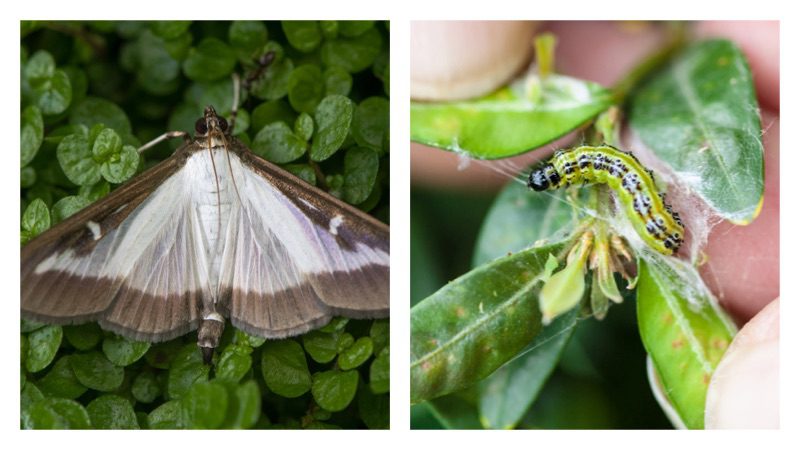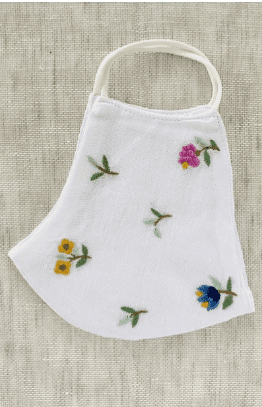My dear friend Mary shared several back issues of Country Life with me last week and I started going through them today. Country Life is a British weekly magazine (owned by Time Inc UK) with many of the subjects we love about English life – gardens, country homes, glass houses, garden and other art, and interiors. It’s fantastic!


There’s a wonderful regular column called ‘In the Garden’ by various contributors each week. In the September 20 issue, you’ll find article written by Kathryn Bradley-Hole entitled, “Don’t Give Up On Box Just Yet.” I dove into the article because all of us have heard about – and are deeply concerned about – the diseases that our revered box plants are experiencing. I want to share some of the highlights of this article with you.


There are two problems our box plants are experiencing: 1) the box moth, Cydalima perspectalis and 2) blox blight, Cylindrocladium buxicola.
The box moth is a recent alien import from East Asia. Over the past 10 years, it’s spread all over Europe, destroying boxwood hedges throughout British and other European gardens. The moths invade box plants, hide in concealed foliage, lay eggs, and create a webbing of silk on box leaves to protect their young. The resultant caterpillars are very difficult to locate amongst the green leaves they resemble in color. Gardeners who have experienced the devastation of the box moths have been digging out their plants and burning them.


How to get rid of the box moth? Chemical insecticide spraying is ineffective since there are multiple hatches throughout a season, making it nearly impossible to get rid of all of them. The only product that appears to control them is Bacillus thuringiensis va Kurstaki, a natural bacterium (not a chemical insecticide) often sold as DiPel or Lepinox. The caution is that this product will also kill your butterfly caterpillars, so judicious use is recommended. Be sure to study appropriate application, which includes respraying every 7-10 days until cold weather arrives and shaking out the pupae debris that collects on boxwood plants.
Kathryn says there is also hope for box blight: your box can be treated with Topbuxus Health Mix, which was developed in Holland but is easily available online and in garden centers.


While we haven’t seen the box moth and blight devastation that Europe has seen (yet?), I am grateful for the guidance Kathryn Bradley-Hole has shared with us in the event we see more of it in our country. Fortunately, there is help available to save these wonderful green plants, because I couldn’t imagine my garden without box.







